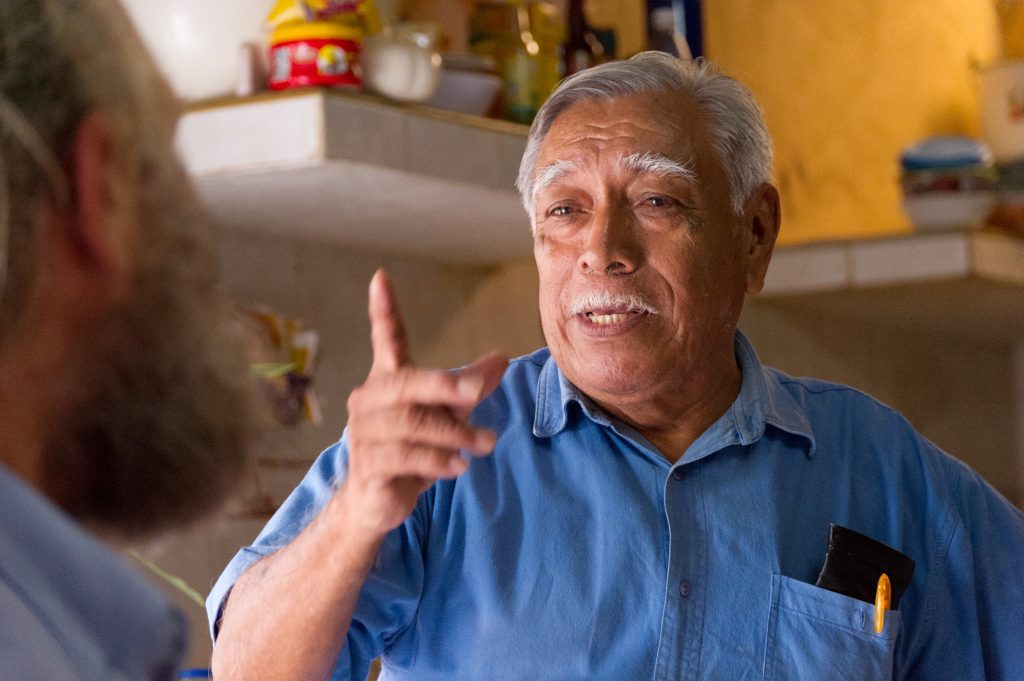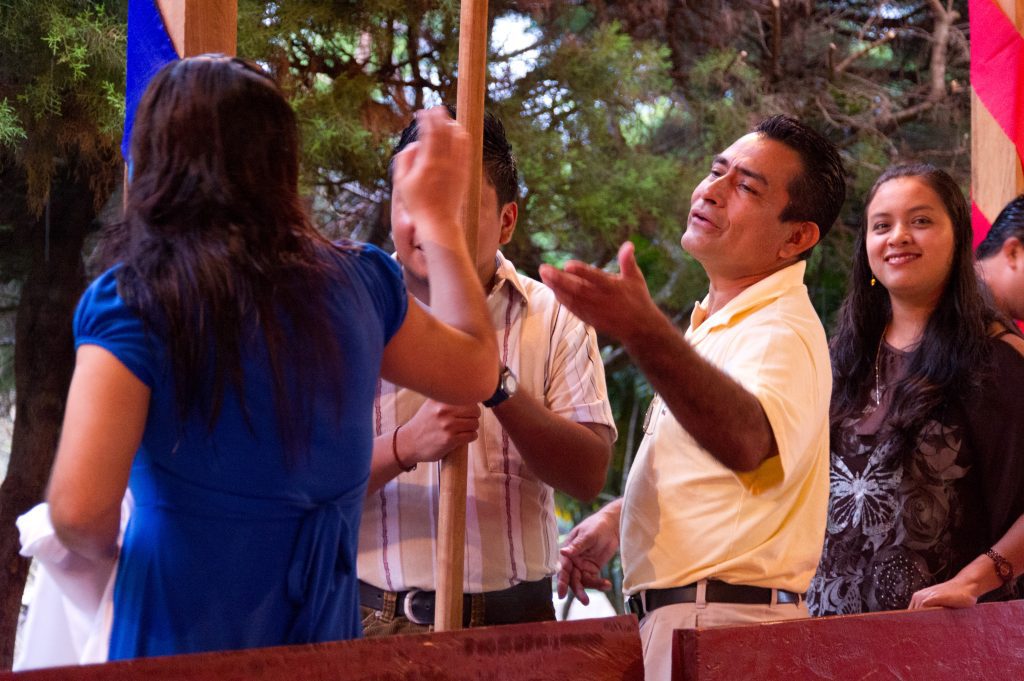| Today’s “Storyteller” uses visuals and grabs the audience’s attention. |
Are you looking for a staff position in photography? If so, then you have been seeing the same type of requirements I am seeing. Here are a few of the conditions I see in positions:
“Multimedia experience is a plus and should be included in your portfolio.”
“Applicants must be able to write photo captions using Associated Press style.”
“This position will photograph portraits, sports, general news, spot news and features.”
“Responsibility for taking or coordinating free-lance photography, only when necessary, for marketing, media and online/digital communications.”
“Identify and coordinate select images and design or coordinate design on assigned projects in collaboration with department team, assigned student workers, and external vendors as necessary.”
“Coordinate video projects in conjunction with team members, Media Services, and external vendors, with primary responsibility for coordinating script development, environment, needed equipment, direction and guidance to participants, schedules, on-site supervision, editing and production.”
Where are we going in this industry? In my opinion, we are looking for a storyteller. So while you are visiting a long list of skills that are adding to the traditional positions, what isn’t changing is the need for a storyteller.

From Wikipedia:
Storytelling is the conveying of events in words, images and sounds, often by improvisation or embellishment. Stories or narratives have been shared in every culture as a means of entertainment, education, cultural preservation and in order to instill moral values. Crucial elements of stories and storytelling include plot, characters and narrative point of view.
Traditionally, oral stories were committed to memory and then passed from generation to generation. However, in Western, literate societies, written and televised media has largely surpassed this method of communicating local, family and cultural histories.
I think today, what is necessary for your portfolio is examples of great stories. Do you have these in your portfolio? Of course, a single image can tell a story, but companies are looking for someone who can command the public’s attention.
Those professionals who can consistently tell stories and demonstrate they create a following are rising to the top of the industry.

These are my top 5 ways to improve your portfolio:
1. Find stories that have strong emotional pull. Visuals are their strongest when conveying emotions.
2. Have single images that tell the story. This shows you can tell a story in limited space.
3. Have a series of pictures that help tell a story. This will demonstrate you can capture variety of moments that together tell a strong story.
4. Create a package that includes audio. I think the strongest audio is the human voice. The first person narrative is by far, in my opinion, the highest impact of all. I think this is why Jesus asked his followers to be “witnesses.”
5. Keep your “Audio/Visual Story” less than 3 minutes. All the research shows that the public will watch 2 – 3 minute packages, but to be longer it requires an extremely compelling story and storyteller.

